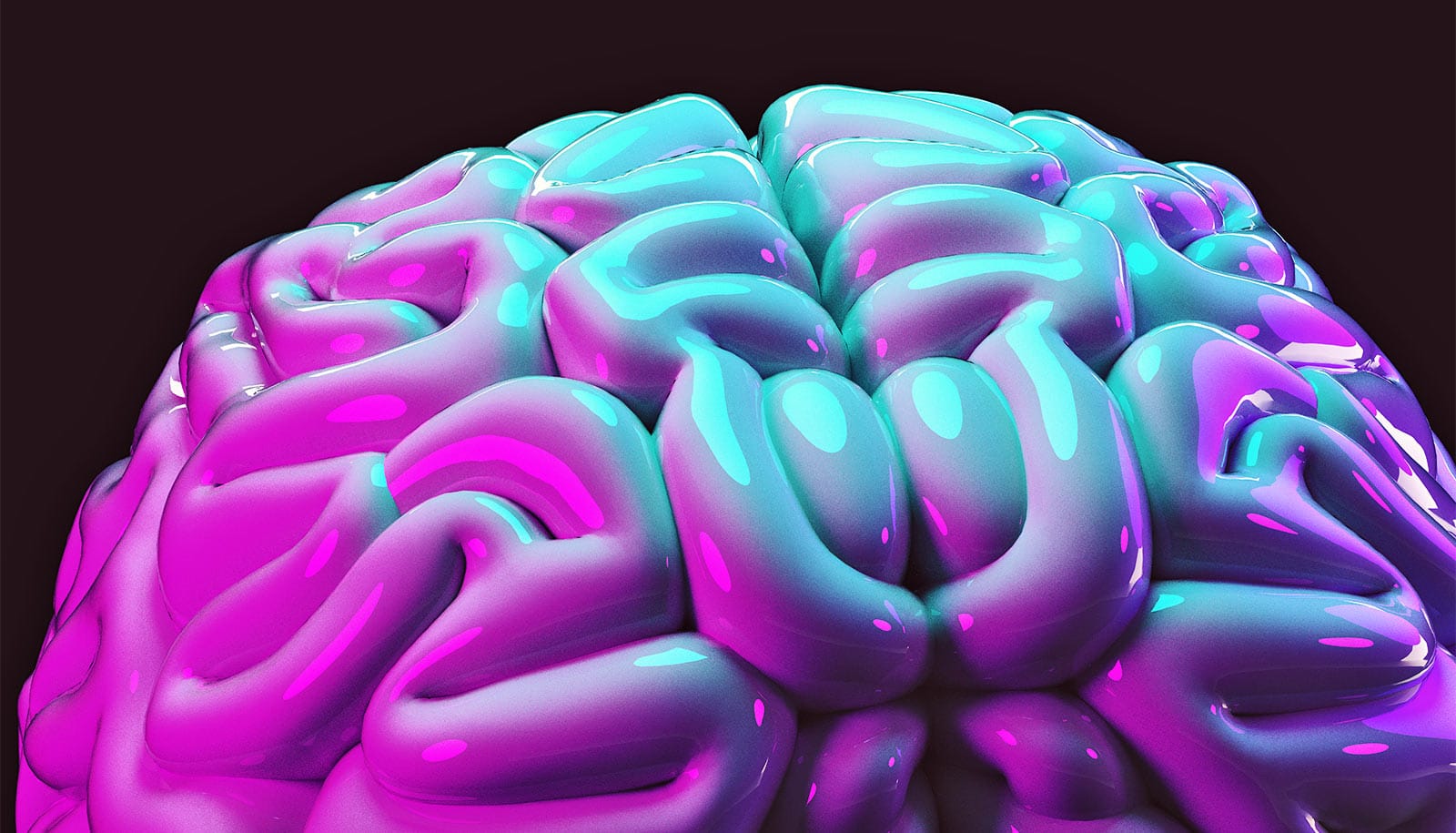Scientists have long believed that our ability to solve symbolic math problems such as 3+2=5 depends on an imprecise, primal brain function called the Approximate Number System. A new study suggests otherwise.
“Our study shows that gaining expertise with symbolic math, which is a human cultural invention, actually refines this evolutionarily ancient system of quantity representation, not the other way around,” says lead author Macarena Suárez Pellicioni, an educational neuroscience postdoctoral researcher at Vanderbilt University’s Peabody College of education and human development.
“…training children to compare symbolic numbers, instead of dots, lead to greater improvement in arithmetic.”
“Previous studies may have inappropriately concluded that the ANS scaffolds symbolic math because they did not follow participants over time to look for causal relations, or they did not account for individual differences in initial ability levels of the variables being studied.”
For the study in Human Brain Mapping, Suárez Pellicioni and her team measured children’s precision of ANS in the parietal cortex using functional magnetic brain imaging. They found that a 10-year-old’s ability to solve symbolic math problems predicted more precise quantities in the ANS about three years later.
But, no evidence was found for early ANS predicting later ability. This suggests that early symbolic math refines the ANS, but that early ANS doesn’t scaffold later development of symbolic math, researchers say.
Why you shouldn’t say ‘girls are as good as boys at math’
“Our finding is a nice example of the power of education in modeling the brain,” says coauthor James R. Booth, a professor in the psychology and human development department. “This has important implications for intervention.”
Many studies have sought to train the ANS by asking participants to make estimations of dot patterns or line lengths. However, the suggestion that training the ANS may improve symbolic math may be misguided, Booth says.
“Our research suggests that children would benefit more from the precision that only numbers can provide—so math instruction should emphasize building strong symbolic abilities.”
Small groups narrow math gap for low-income kids
Booth suggests the core problem in math disabilities, or dyscalculia, may be in symbolic knowledge, leading to a less precise ANS.
“Not only do we need to re-evaluate theories that argue for a causal role of ANS in math disability, but the team suggests that interventions should focus on building knowledge of symbols and their meanings,” he says.
“Studies suggest that training children to compare symbolic numbers, instead of dots, lead to greater improvement in arithmetic.”
The National Institute of Child Health and Human Development supported the work.
Source: Vanderbilt University



